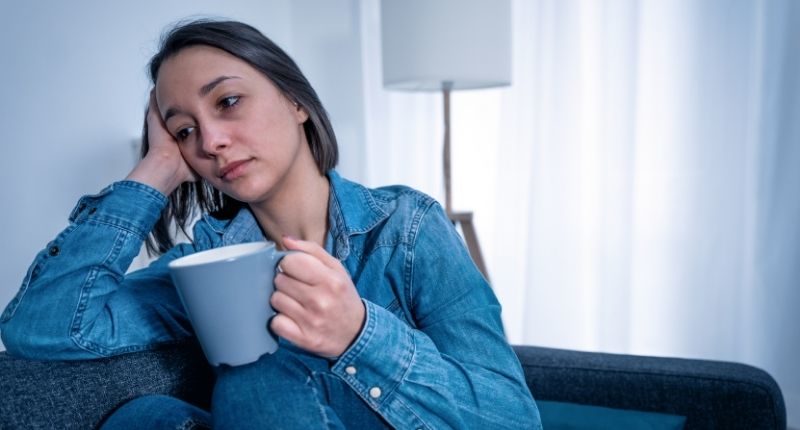- Affordability hits all-time low with the most vunerable stuggling
- Practically no suitable rentals are available for those on income support
- Only four out of over 45,000 properties were affordable and suitable for some renters
The housing crisis across Australia continues to worsen, with low-income earners facing dire conditions, according to a new report.
Anglicare’s Rental Affordability Snapshot painted a bleak picture of near homelessness for many, with only one per cent of rentals affordable for those earning a full-time minimum wage, and practically no affordable rentals for those on income support payments.
The findings showed that housing affordability has halved over the past year for people on minimum wage, with the situation particularly tough for individuals relying on government income support such as Disability Support Pension, Youth Allowance, JobSeeker, Parenting Payment, or Age Pension.
Out of the thirteen household types on the report’s table of rental affordability by household type, only three circumstances saw the percentage of suitable rentals above 1%: a couple with no children on an aged pension at 1.1%; a couple with two children, one less than five and one less than ten on minimum wage and parenting payment partnered at 3.3%, and a couple with two children as similar to above, both on minimum wage at 15.9%.
To note: the data included Commonwealth Rent Assistance and Family Tax benefits where eligible.
No affordable properties
Out of 45,895 properties, only four rentals in Australia were found to be affordable and suitable for a single person on JobSeeker Payment; no properties were deemed affordable for young people living on Youth Allowance.
Single parents also faced an uphill battle in securing safe and secure housing for their families, with just 0.1% of listings considered affordable. For those with children over eight who have transitioned from Parenting Payment to JobSeeker, only six properties nationwide were deemed affordable.
Older Australians and individuals with disabilities face unique challenges when accessing the rental market. The report found that only 66 listed properties were affordable for a single person on the Disability Support Pension. However, the actual number of suitable properties is likely even lower, as accessibility features were not accounted for in the study.
Similarly, people on the Age Pension can afford just 0.4% of listed rentals. However, since many of these affordable properties are rooms in share houses, they may not provide the most suitable living situation for older individuals.
More Government support needed
Everybody’s Home spokesperson Kate Colvin said more social and affordable housing is sorely needed.
“Rents, electricity bills, grocery costs, petrol – everything is going up and people are at breaking point. This Budget, we need immediate action to increase income support so people can pay their rent, and a significant increase in social housing investment to provide an enduring solution to the growing housing emergency,” Colvin said.
“Record low vacancy and rising rents are driving more and more people into homelessness. Across Australia people are having to cut back on heating and eating, medical appointments and filling up their cars, just to make the rent. Even people on full-time wages are finding themselves sleeping in tents, caravans and on couches because they’re struggling to find an affordable home.
She said every day the Government delays delivering the investment needed to significantly grow low-cost rental housing, the longer the rental crisis would continue.
“The Federal Government has the chance to deliver a life-changing Budget by investing in 25,000 social housing properties each year, and boosting income support, including Commonwealth Rent Assistance,” she said.
Planning reforms required
Community Housing Industry Association Victoria acting chief executive, Jason Perdriau said social and affordable housing should be central to the Victorian Government’s planning reforms.
“It’s clear Victorian renters are being let down by the private market. Right now, Victorians have limited affordable housing options with the state having the lowest proportion of social housing in the country. This is unacceptable,” Perdriau said.
“The central question when considering planning reforms should be: ‘How do we create a fairer system that provides the homes Victorians need?’ With more and more Victorians facing rental stress and being placed at risk of homelessness, we can’t achieve this without more social and affordable housing.”
Perdriau said the Victorian Government has an opportunity to future-proof the sustainability of the construction industry.
“A state-wide mechanism that requires developers to contribute to social housing supply would deliver the pipeline of social housing growth many Victorians are counting on, as well as the funded works that builders need especially during a downturn.”
“Too many Victorians are waiting for a safe, decent, affordable place to call home. We’re calling on the government to create a fairer housing system that provides the homes renters need, by ensuring the delivery of social housing is central to planning reforms.”








